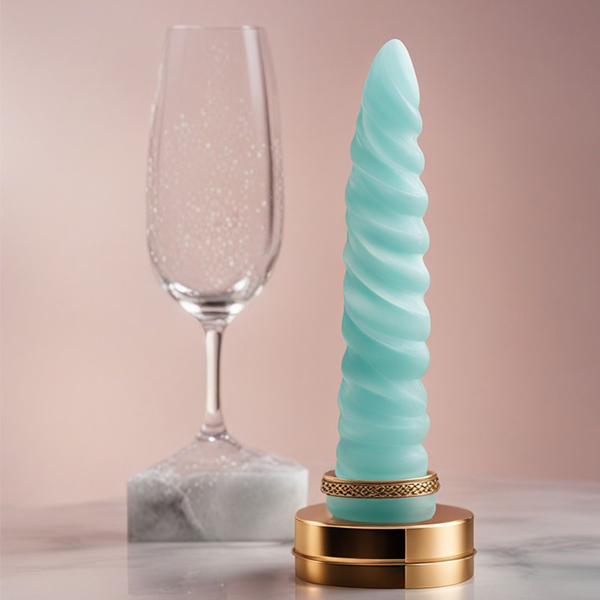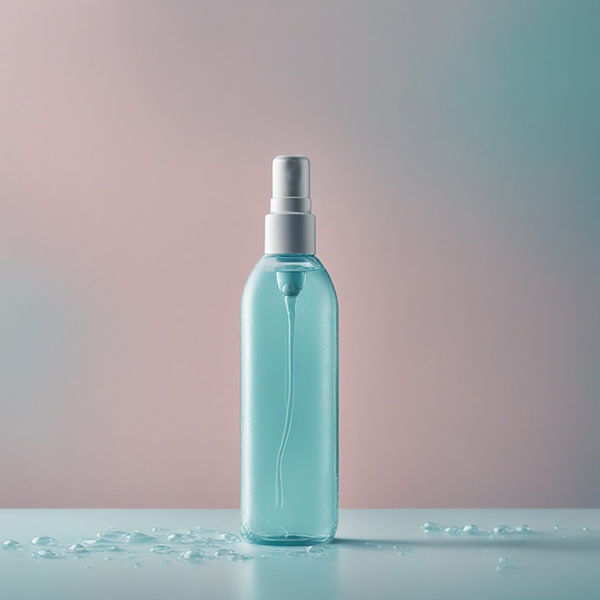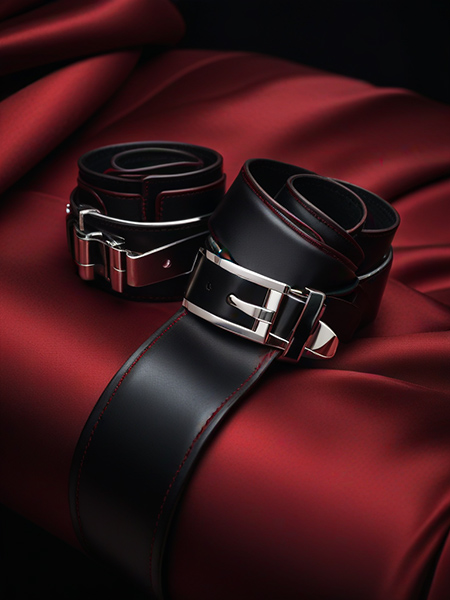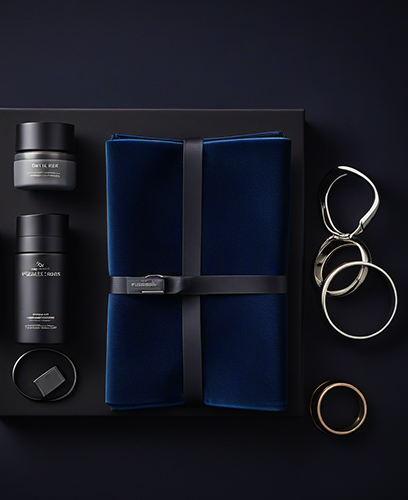Vibrators & Stimulation
Clitoral vs. G-Spot Stimulation: Understanding the Basics
Okay… so what’s the difference?
If you’ve ever asked this question (or whispered it to Google at 2 a.m.), you’re not alone.
Clitoral vs. G-spot stimulation is one of the most common — and most confusing — topics for beginners exploring their pleasure.
And guess what? That’s not your fault.
For years, women’s pleasure was shushed, skipped over, or completely misunderstood. The result? A whole lot of us growing up not really knowing our own bodies — or thinking there was something wrong when we didn’t “get there” the way TV or romance novels described.
But times are changing. Fast.
And we’re here to help you feel curious, confident, and completely normal as you explore what turns you on.
First Things First: A Quick History of (Ignoring) Female Pleasure
Let’s rewind. Back in ancient times, the clitoris was mentioned in Greek texts and medical journals. In the 1500s, it was rediscovered, then promptly re-forgotten. By the Victorian era? Doctors were diagnosing “hysteria” in women and recommending vibrations as treatment. (Yes, really.)
For centuries, the idea of female pleasure was either erased or wrapped in shame. Even the G-spot — which got its name in the 1980s — was dismissed for decades as “mythical.”
But science (and women) never gave up. And now? There’s a renaissance of sexual education that’s finally centering real, lived experiences — not outdated textbooks or male fantasies.
So, What Exactly Is the Clitoris?
In simple terms: The clitoris is a powerhouse of pleasure.
It’s not “just a tiny button.” It’s a massive network of nerve endings — over 8,000 on the surface, more than any other part of the human body. And that’s just the beginning.
The clitoris has a head (what you see), a hood (like a tiny cover), and internal branches that stretch down and around the vaginal canal — called the crura and vestibular bulbs.
Translation: This thing is way bigger than it looks. And its only job is pleasure. No babies. No periods. Just you feeling good.
Types of clitoral stimulation include:
External (fingers, tongue, toys)
Indirect (vibration through underwear or thighs)
Oral (a classic for a reason)
Air pulsation (think: suction-style toys)
Rhythmic pressure (press, don’t poke!)
What About the G-Spot?
The G-spot is located inside the vagina — about 1–2 inches in and on the front wall (toward your belly button). It often feels slightly ridged or spongy, especially when aroused.
It’s named after German gynecologist Ernst Gräfenberg, who studied it in the 1940s — but women have known about this spot for way longer. (He just got the naming rights.)
Some people experience deep, wave-like orgasms from G-spot stimulation. Others don’t feel much. That’s normal! Every body is different.
G-spot stimulation often involves:
Curved fingers (“come here” motion)
G-spot specific toys with a bulb or angled tip
Thrusting or pressure-based movements
Combo play (clitoral + G-spot = 🔥)
G-Spot vs Clit Orgasm: What’s the Difference?
Let’s break it down like a vibe menu:
| Orgasm Type | Feels Like… | How It Happens |
|---|---|---|
| Clitoral Orgasm | Sharp, intense, surface-level | External stimulation of the clitoris |
| G-Spot Orgasm | Deep, building, full-body waves | Internal stimulation via G-spot area |
| Combo Orgasm | Holy. Actual. Wow. | Both clitoral and G-spot at once |
Not everyone feels the difference right away. And some people only climax through clitoral stimulation — which is totally valid. In fact, studies suggest that 70–80% of women need clitoral stimulation to orgasm.
A Funny Story from the Field
One of our readers shared (and gave us permission to paraphrase!) this little tale:
“I bought a G-spot toy thinking it would unlock a whole new level. After 10 minutes of poking around and feeling nothing, I panicked. Did I break it? Was my G-spot broken? Turns out I was using it backwards. The curve should face UP. Who knew?”
Moral of the story: There’s no shame in learning. We’re all students here.
What If You’ve Never Felt a G-Spot Orgasm?
You’re not alone. The G-spot isn’t a magical button — it’s a sensitive zone that needs the right mood, arousal, and technique.
If you’ve never felt it before, try this:
Warm up first. Clitoral arousal often “activates” the G-spot.
Use a curved toy. It’s way easier than twisting your wrist.
Go slow. Try pressure instead of thrusting.
Try pairing with clitoral stimulation. That combo can wake things up.
And remember — there’s nothing wrong with you if it doesn’t happen. Everyone’s wiring is unique. Explore without expectations.
Clitoral vs. G-Spot Toys: How to Pick the Right One
At LuvPleasure, we design and stock toys for real people — not just idealized fantasies.
When choosing a toy, consider:
💗 If you’re just starting out:
Try a simple clitoral vibrator — bullet, finger vibe, or air pulse.
📍 If you’re curious about the G-spot:
Choose a curved internal toy with a bulbous or angled tip.
🎁 If you want it all:
Go for a dual stimulator (like a rabbit-style toy) that hits both zones.
Shop Dual Stimulation Vibrators →
Try This at Home – A Quick Exploration Exercise
Here’s a no-pressure way to start exploring:
Set the mood: warm lighting, privacy, and no rush.
Use lube — always. Water-based is great for toys.
Start with clitoral touch. Pay attention to what feels good.
When ready, explore internally with a finger or toy.
Try curved motions and gentle pressure on the upper vaginal wall.
If it doesn’t feel good? Pause. Try again later. Or not. It’s all valid.
A Quick Word on Language & Labels
Some people experience pleasure differently than others. And not everyone loves the labels “clitoral” or “G-spot.”
What matters most is how you define your body and what brings you joy.
No pressure. No “shoulds.” Just exploration.
Helpful External Resource
If you’re feeling curious, check out OMGYES, a science-based platform that shares real, research-backed techniques for women’s pleasure. It’s sex-ed for grownups — thoughtful, respectful, and (honestly) kind of addictive.
Final Thoughts: This Is Your Body. Get to Know It.
Clitoral vs. G-spot stimulation isn’t a competition. It’s a map — and you get to decide where to go.
Some days it’s all about the clit. Other days it’s deeper, slower, more internal.
Some people live for the combo. Others love sticking to what they know.
It’s all beautiful. All worthy. All yours.
And wherever you are in your journey — we’re here to help you feel seen, safe, and celebrated.
FAQ – Clitoral vs. G-Spot Stimulation
1. Is it normal to only orgasm from clitoral stimulation?
Yes! Most women require clitoral stimulation to orgasm. Totally normal.
2. What does a G-spot orgasm feel like?
Many describe it as a deep, full-body release that builds more slowly. But not everyone experiences it the same way.
3. Can you have both at the same time?
Absolutely — combo orgasms are possible (and amazing!) with the right toy or technique.
4. Do men have a G-spot?
Sort of — prostate stimulation is often compared to the G-spot in function and intensity.
5. Is there a “right” way to explore these spots?
Nope. The best way is the one that feels good for you. Go slow, use lube, and listen to your body.
💗 Ready to explore?
Shop Clitoral and G-Spot Vibrators →











